So recently, we have been looking into optimizing our website for the new "Core web vitals", and has pinpointed the issues to be related to flexbox row (resolved), which resulted in bad CLS score for Desktop, and on Mobile it appears to be Google Web Fonts destroying the CLS score.
When we add this little code all is looking good. CLS score is 0. When we use Google Web Font, the score is 0.326 (For mobile only, desktop seems fine).
<style>
*:not(i){
font-family: sans-serif!important;
}
</style>
Here is the way that we are using Google Fonts.
<link rel="preconnect" href="https://fonts.gstatic.com/">
<link rel="stylesheet" rel="preload" as="style" href="https://fonts.googleapis.com/css2?family=Open+Sans:wght@400;600;700&family=Source+Sans+Pro:wght@400;900&display=swap">
Why do we have rel="stylesheet" and rel="preload"? The latter is not yet supported on browsers such as Firefox, we learned, where previously the fonts would not load completely, this was fixed when we added stylesheet as well.
What have we tried?
We have tried changing the &display=swap value to things such as block,fallback,optional as recommended in other articles, none of these affected the CLS score, though it seemed that there was no FOUT (tested with throttled "Fast 3G".).
We also tried self-hosting all the fonts, that didn't really work either.
Still, we do believe this is related to the fonts, as when we apply the CSS above, the CLS score is 0. Which is what we are looking for, but we still would like the webfonts. Also, when we change the &display=swap value, we get another "warning" in Lighthouse, recommending to use the swap for better user experience, but this is what causes the CLS problem... Any ideas?
Here are the results, with just this simple change (CSS) as mentioned above.
Score: 94 (Mobile) - 93 (Desktop) = Nice..!
And this is without the CSS above, and Google webfonts.
Score: 69 (Mobile) - 91 (Desktop) = Mobile could be better.. All good on Desktop.

